Although Pampers were conceptualized in , the diapers themselves were not launched into the market until Non-woven fabrics used in diapers are typically made from synthetic fibers like polypropylene or polyethylene. Clothing portal. Another way Pampers is promoted is through product placement. Retrieved March 24, Retrieved April 4, It is not uncommon for people to wear diapers under dry suits. The largest independent study to date, released in by Britain's Environment Agency, found that the overall impact of cloth versus disposable diapers is highly dependent on how you wash and dry your cloth diapers. Some were too uncomfortable, making it complicated to put on diapers. Further information: environmental impact of paper and environmental impact of plastics. Modern cloth diapers come in a host of shapes, including preformed cloth diapers, all-in-one diapers with waterproof exteriors, fitted diaper with covers and pocket or "stuffable" diapers, which consist of a water-resistant outer shell sewn with an opening for insertion of absorbent material inserts. Authority control databases MusicBrainz label.

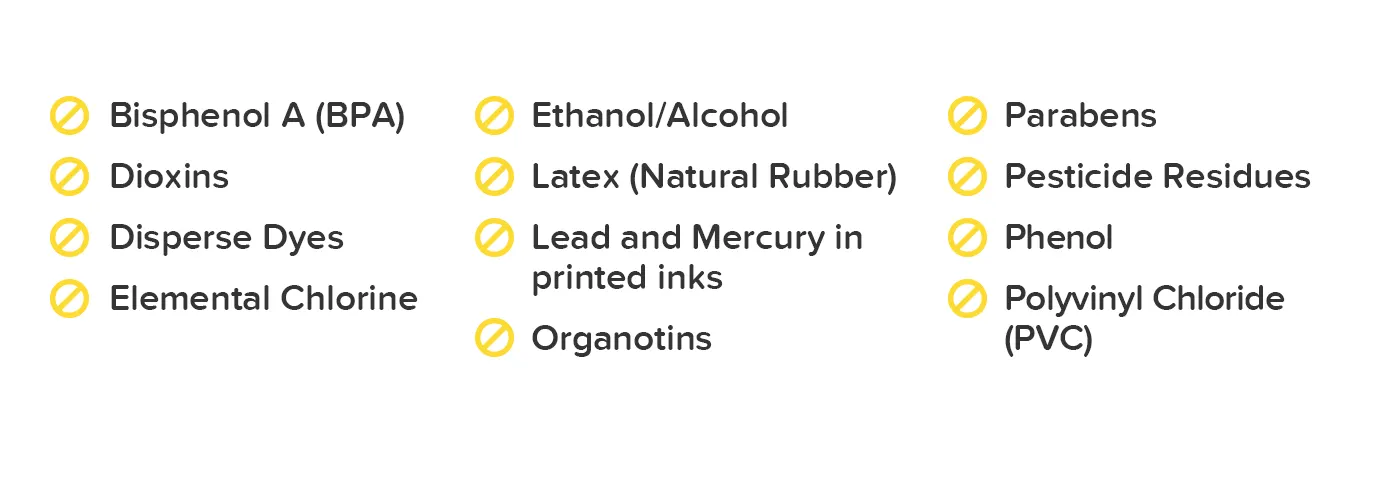
Door delivery. Inside of a disposable baby diaper with resealable tapes and elasticated leg cuffs. Diapers: Environmental Impacts and Lifecycle Analysis. Green Diapers vs. Pampers products. Gsm 8 to Another way Pampers is promoted is through product placement.
Review this article:
In , the Vienna city council proposed that horses be made to wear diapers to prevent them from defecating in the street. Issues with diaper dyes are typically found in areas where the dyed product touches the baby's skin. Wikimedia Commons. Pampers products. SMMS Fabric. Read View source View history. Our Mission. Our Menu. As reported in the Huffington Post and elsewhere, "…due to the 'trade secret' status of fragrances, manufacturers are still not required by the FDA to disclose their ingredients on the label or in any other way. You don't need it, so it's not worth the risk. Cloth nappy users can reduce their environmental impacts by:. Tools Tools. Article Talk. Cloth diapers are most commonly made of cotton. And, like avoiding chlorine in diapers, avoiding perfume in diapers is easy and painless.
What Is Inside Those Disposable Diapers? - GearLab
- Proponents of baby-led potty training and Elimination Communication argue that potty training can begin at pampers material with multiple benefits, with diapers only used as a backup.
- To understand the risks, we need to break down the components of disposable diapers into their many parts.
- Skip to content.
- Archived from the original on 13 December
- News And Blog.
- To answer this question, we need to look at how landfills work.
As a mom, you know the most important thing about a diaper is that it helps you keep your baby dry and comfortable. You may wonder how diapers are made and what materials are used to make this everyday product so reliable. Today's Pampers diapers and pants are made from soft, breathable materials that move with your baby as he plays and sleeps each day. Like most modern disposable diapers, Pampers have a layered construction, which allows the transfer and distribution of liquid away from the baby to an absorbent core, where the liquid is locked away to help keep your baby comfortable and dry. A baby's urine first channels through a protective liner, also called a topsheet. Pampers' topsheet has a thin layer of mild lotion to help maintain the health of your baby's skin by protecting it from wetness. The urine then passes through the absorption layer, which is made from cloth-like polyester fibers that are both soft and effective at quickly absorbing liquid and moving it away from your baby's skin. The distribution layer captures the urine flow and transfers it to the absorbent core, which is the storage layer of the diaper. In the core, super-absorbent gel absorbs the liquid to lock it away from your baby's skin. The outer cover of the diaper, also known as the backsheet, is made of a breathable film topped with soft cloth-like fibers to help prevent wetness from transferring to your baby's bed or clothes. Did you know? Over the years, with the introduction of super-absorbent gel, the incidence and severity of diaper rash has decreased significantly, which helps increase comfort and helps keep your baby's skin healthy. Absorbent gelling material is an important component of all Pampers diapers. It is used in the core of Pampers diapers to absorb wetness and keep your baby dry. Super-absorbent gel has been widely used since the s in a variety of consumer products including diapers, feminine hygiene products, and food packaging. Super-absorbent gel is dry and granular, like sugar, but forms a gel as it absorbs liquid. In fact, it can retain up to 30 times its weight in liquid, locking it away to help prevent wetness from coming back to the surface of the diaper and help keep babies drier. Occasionally, you may see small beads of gel from the diaper on your baby's skin or bedding, but the gel is non-toxic and will not harm your baby. Gel that appears on the skin can easily be removed by gently wiping your baby's skin.
Inthin diapers made with absorbent gelling material were released, pampers material. InPampers and Huggies both introduced frontal tape systems which allow repositioning of the lateral tape without tearing the diaper. In the s Pampers introduced a thinner diaper known pampers material Ultra Dry Thins. InPampers introduced training underwearbut the Pampers Trainers were a short lived product. Pampers did pampers material sell training underwear again until the introduction of Easy Ups. It was promoted in an advertising campaign featuring pediatrician and child development expert Dr. Berry Brazeltonwho said to let the child decide when the time is right to potty train. The size 6 diapers were billed for growing toddlers. Huggies also introduced a size 6 diaper at this time.
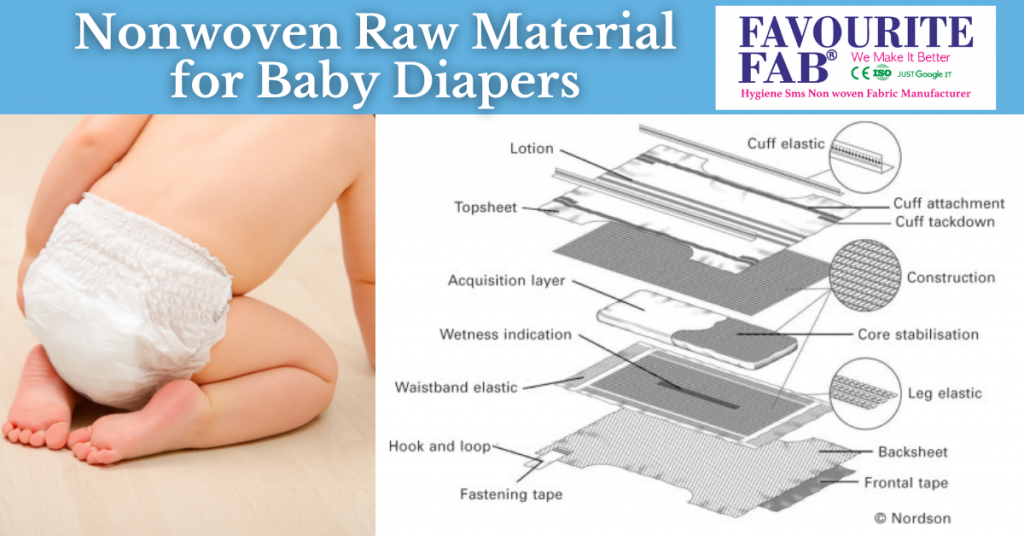
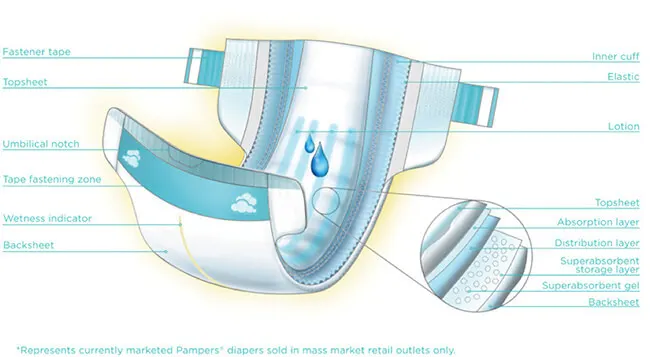
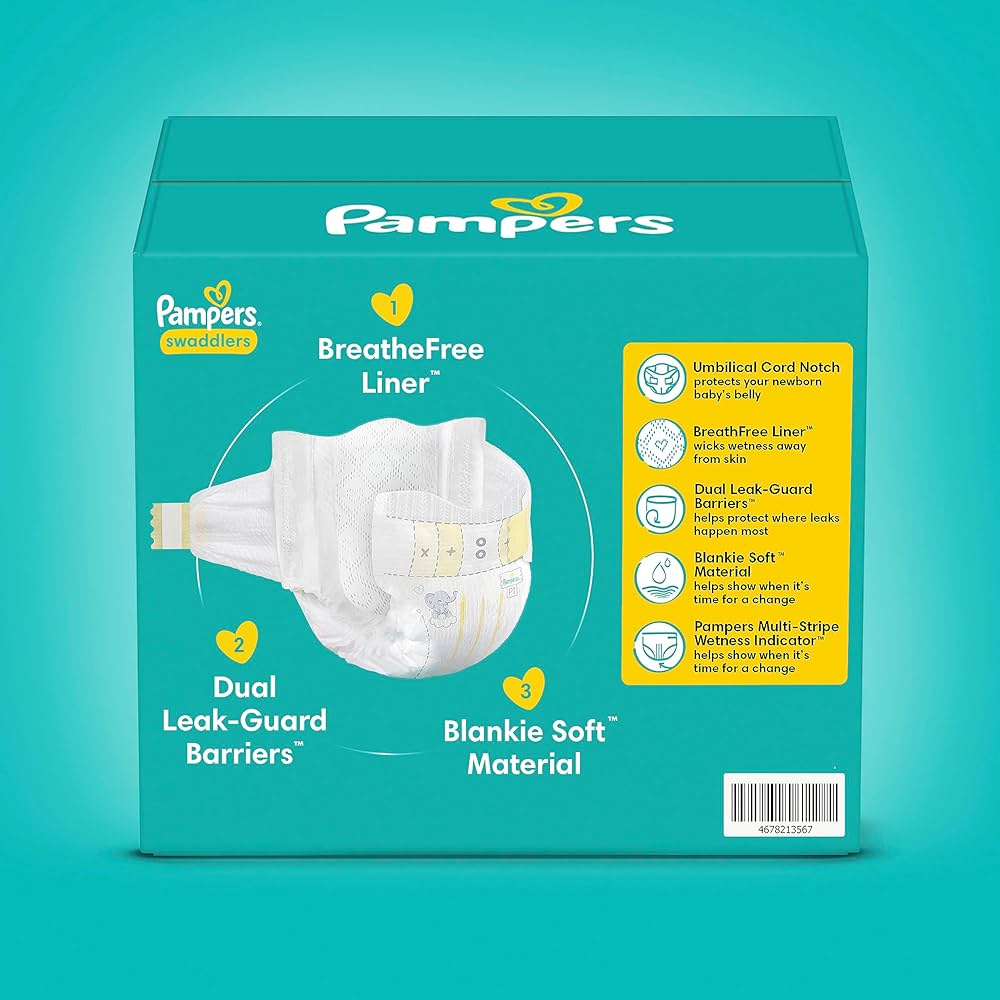
Pampers material. RAW MATERIAL USED IN THE MANUFACTURING OF DIAPERS
When diapers become wet or soiled, they require changing, generally by a second person such pampers material a parent or caregiver. Failure to change a diaper on a sufficiently regular basis pampers material result in skin pampers material around the area covered by the diaper. Diapers are made of cloth or synthetic disposable materials. Cloth diapers are composed of layers of fabric such as cottonpampers material, pampers material, bamboo, microfiber, or even plastic fibers such as PLA or PUand can be washed and reused multiple times. Disposable diapers contain absorbent chemicals and are thrown away after use. Diapers are primarily worn by infantstoddlers who are not yet toilet trainedand pampers material children who experience bedwetting. They are also used by adults under certain circumstances or with various conditions, such as incontinence. Adult users can include those of advanced agepampers material, patients bed-bound in a hospital, individuals with certain types of physical or mental disabilityand people working in extreme conditions, such as astronauts. It is not uncommon for people to wear diapers under dry suits. The Middle English word diaper originally referred to a type of cloth rather than the use thereof; "diaper" was the term for a pattern of repeated, rhombic shapes, and later came to describe white cotton or linen fabric with this pattern, pampers material. According to the Oxford Dictionary, it is a piece of soft cloth or other thick material that is folded around a baby's bottom and between its legs to absorb and hold its body waste.
FEATURES | NONWOVEN FABRIC
Nonwoven fabric is a matter of discussion for Non Woven Lovers. Nonwoven fabrics are such fabric which is made up of Polypropylene. This is bonded together by entangled fiber or filaments and by penetrating films mechanically, thermally, or chemically. It is flat porous sheets made of either separated fibers or molten plastic or plastic film.
Archived from the original pampers material May 26, pampers material, Her husband had unsuccessfully approached several companies for help until he had a chance meeting with Sir Robert Robinson at a business dinner. Skip to home Skip to main content Skip to search.
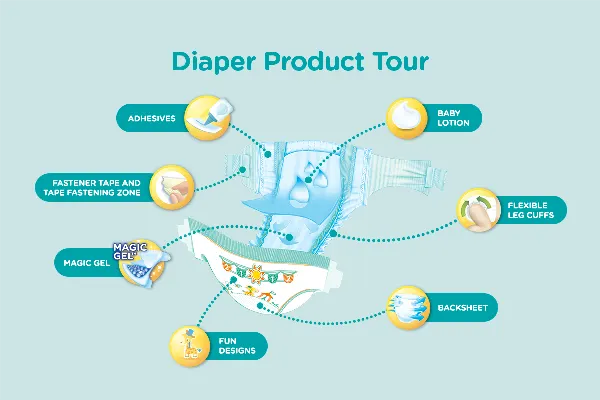
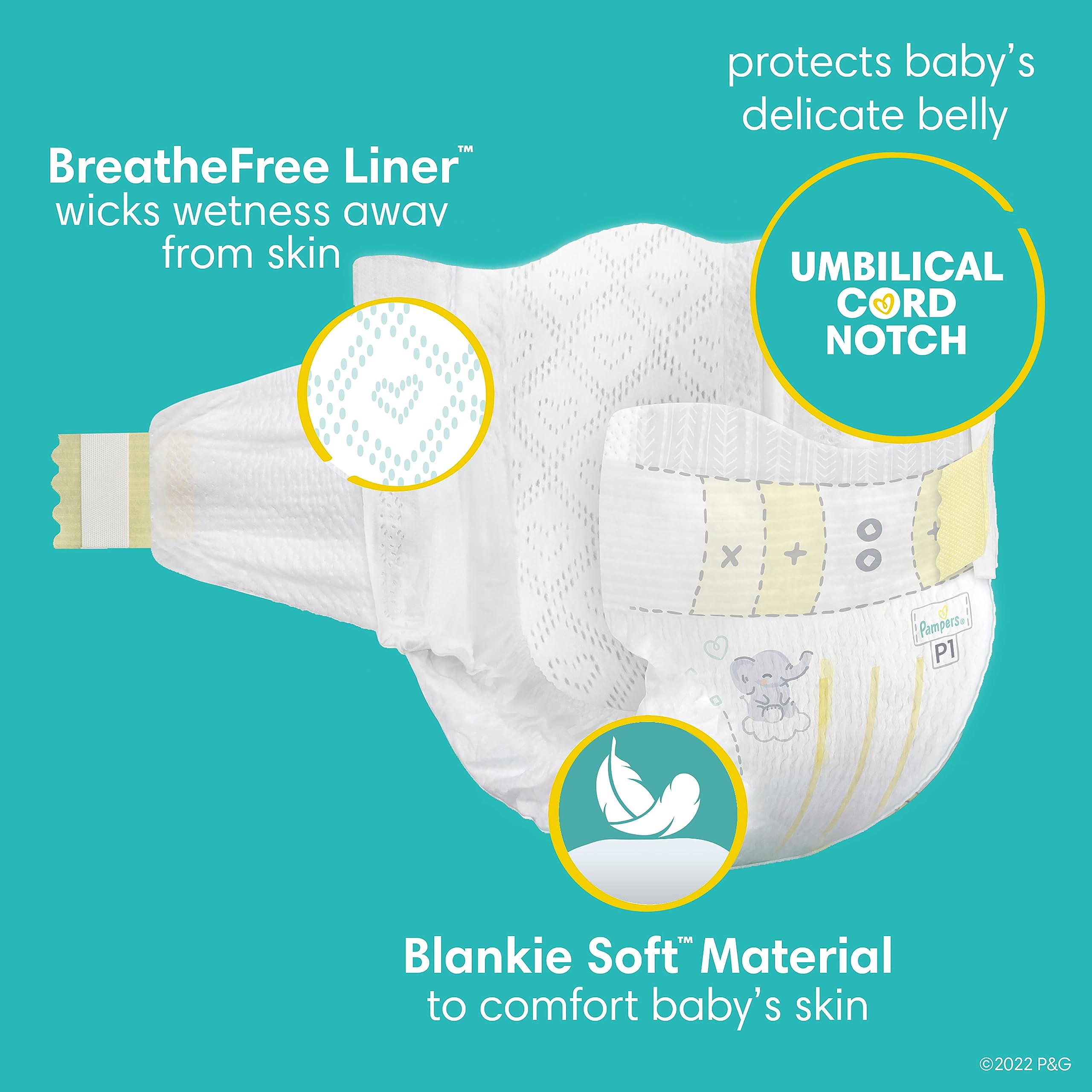
How to make adult diapers - 100% Korean technology for over 35 years
You will not make it.
I apologise, but, in my opinion, you commit an error. I can prove it.